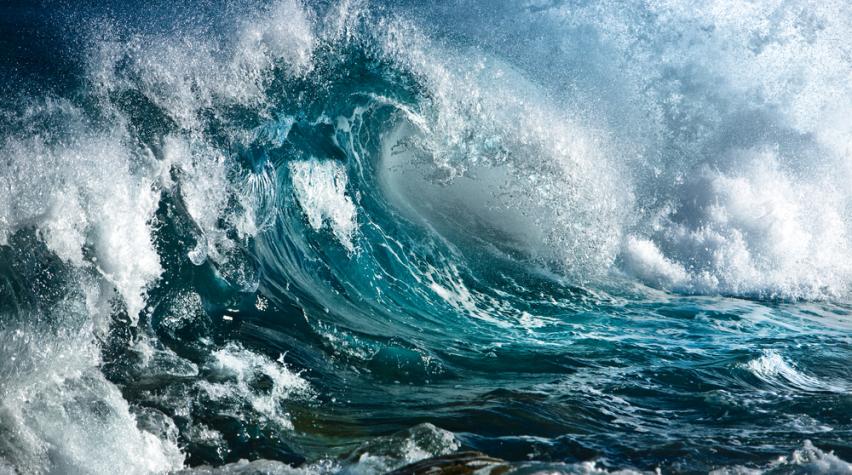
Reliance on lithium for energy storage is only increasing, meanwhile available resources, the cost of extraction processes, and the limited number of firms worldwide that dominate the market are affecting pricing and availability. As the world faces predicted shortages that some say loom only a few years away, new technology is trying to sidestep market shortages. Technology Review reported earlier this week that Japan’s Atomic Energy Agency has developed a new way of extracting lithium from seawater.
The researcher behind the work, Tsuyoshi Hoshino, describes his technology as "a method for recovering Li from seawater by using world-first dialysis, wherein Li only permeates from the negative electrode side to the positive electrode side through a Li ionic superconductor functioning as a Li separation membrane."
Lithium is contained in small concentrations in seawater, but the question is, can extraction be made economical? Currently, a lot of lithium is recovered in by evaporating water from salt lakes in South America, but tackling the challenge of feasible marine recovery remains.

One particularly intriguing point about Hoshino's new technology is that it does not require electricity, which does bode well for economic feasbility. The future should be interesting, because Hoshino predicts that his technology will be commercialized within five years, according to Technology Review. You can see his entire paper online for free in the journal Desalination.
To read more about the lithium supply and how this and other technology fits into the bigger picture, see more details in Technology Review. Forbes also has an interesting discussion of how Tesla and its latest work are highly reliant on lithium, and it looks at what the state of the lithium market will mean for Tesla. You can see that article here.


